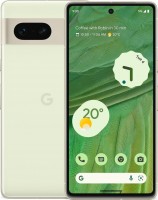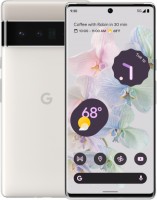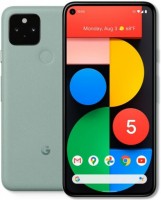Mobile Phones Google series Pixel 9
Google Pixel 9
In recent years, Google has actively integrated AI functions into its devices—ranging from photo editors and voice assistants to text and image generation tools. The Pixel 9 series smartphones were among the first where the AI platform Gemini is embedded in Android at the system level. It allows for photo and video processing, task planning, text rewriting, image generation, and executing voice commands. Essentially, it's an advanced replacement for the former Google Assistant, focused on everyday work with AI.
 |
The Pixel 9 lineup became the most diverse in the series' history—Google released five models: the basic Pixel 9, the larger Pixel 9 XL, the advanced Pixel 9 Pro, the more affordable Pixel 9a, and the flagship foldable Pixel 9 Pro Fold. The latter features a flexible 8-inch display in addition to an outer screen of 6.3 inches. The top model, Pixel 9 Pro, was recognized as the best smartphone of 2024 at the MWC exhibition in Barcelona, and the regular Pixel 9 took first place in the DXOMark rankings as the best premium-class camera phone.
Visually, the ninth generation's camera block changed: it now has an oval shape, spans almost the entire width of the back cover, and visually distinguishes the Pixel 9 against competitors. The central panel is almost entirely occupied by the display. For classic models, we are talking about AMOLED matrices with a refresh rate of 60–120 Hz, while the foldable Pixel 9 Pro Fold received two OLED displays (8-inch main, 6.3-inch auxiliary). The Tensor 4 processor is responsible for computational capabilities in all cases, and the amount of RAM depending on the model is 8, 12, or 16 GB.




